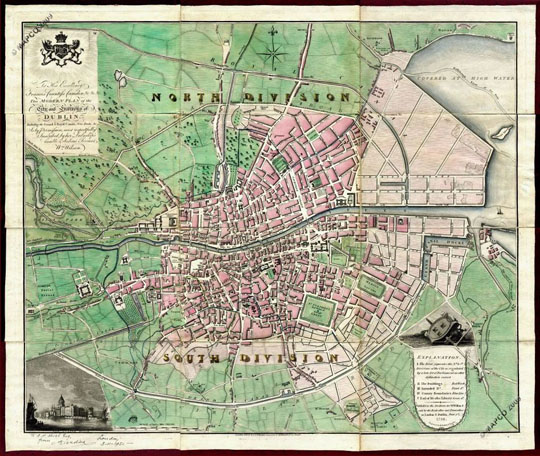21. Ignore Family Names – Here is another cemetery walk-about trick that can pay off when looking for family members in a cemetery. Once you have located one family member in a cemetery, assume there may be other family members nearby. Start at the location of the known family member in the cemetery and draw a mental circle around this point. Read all the names on the tombstones within this circle but only read the first names on the tombstones.
Ignore the family names. Compare these first names to your list of known relatives from the area (once again ignoring the family names and only focussing on the first names). See if any of the first names on your list match up with the first names on any of the tombstones around your relative. If you find a match, take a picture of the tombstone (always take your camera to a cemetery). Do a bit of research and see if you can match up this individual to your known relative. Of course, this method works best with individuals who have unusual first names.
22. GPS Gravesite Locations – This is one of those proactive measures that can really pay off in terms of avoiding future brickwalls. Consider buying yourself a GPS device to mark the exact location of a gravesite. A GPS device is a small handheld device that can give you the exact geographic coordinates of your current location. The advantage of identifying the exact location of a gravesite is that it can help you locate it more easily in the future.
Old cemeteries can decay rapidly if they are not properly maintained, which is a common occurrence. As well, there is nothing more aggravating than having difficulty trying to relocate a gravesite that you have not visited for several years. Finally, GPS coordinates of family gravesites can be immensely valuable if you ever intend to pass on your genealogical research to other family members.

23. Barely Legible Gravestone I – Gravestones wear down over time and can become difficult to read. Here is a trick that you can use to try to read a worn gravestone. First, try to visit the cemetery when it is close to sunset . Yes, we know this sounds counter-intuitive, but it can work. Take a light or flashlight with you, the most powerful one you can find. Have someone hold the light at the side of the gravestone while you stand in front of it. Get the person holding the light to move around at different angles, but always keeping the light at a shallow angle to the front of the gravestone. The trick of shining a bright light at a shallow angle helps highlight any bumps or impressions in the stone. Doing this can help illuminate the inscription on the gravestone and make it possible to read a gravestone that sometimes cannot be read in the middle of the day. Another useful trick was mentioned in the article A Simple Way to Read Old Tombstones.

